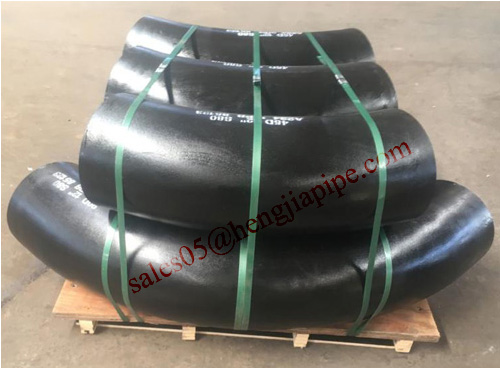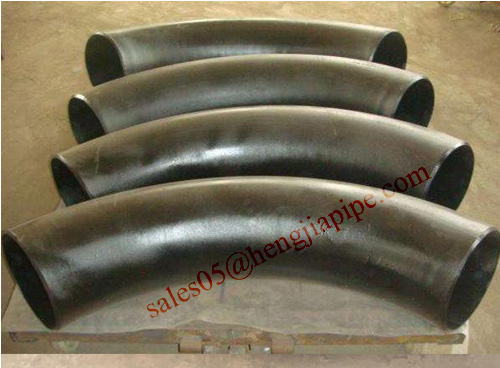Detailed steps for soil sampling
In farmland production, the use of a soil nutrient fastness meter to determine the content of trace elements in the soil, and then scientifically formulating fertilization based on the results of the determination is the current desire of many farmers. The key to determining the accuracy of results is the collection of soil samples. The relevant issues are summarized as follows:
First, the soil sampling time
The time of sampling is determined by the purpose of the measurement. When measuring the soil to solve the problems that occur at any time, it should be collected at any time; in order to understand the laws of soil nutrient change and crop yield, it is necessary to sample the crop growth period periodically; When the fertilization plan is used for soil determination, it must be sampled after harvesting and before the application of the basal fertilization. To understand the effect of fertilization, it is necessary to sample the crop before and after fertilization.
Second, the soil sampling method
The collection of the soil samples must be carried out according to a certain collection route.
The distribution of the sampling points should be as uniform and random as possible, and the distribution of the sampling points should be better with snakes. Only in the case of small plots, flat terrain, and even fertility, diagonal or checkerboard sampling is used. The number of sampling points for each sampling method may be based on the size of the sampling area and the difference in soil fertility. 5-20 points. Don't cut points on the ground, roadsides, where fertilizers have accumulated, etc. For debris, the depth of earth borrowing is generally 20 cm. When taking soil with a ring knife, be sure to insert it vertically into the soil and pick it up with iron. 7. To cut the iron shovel straight down, cut a piece of the upper soil sample, fill the pit after filling, and finally collect the soil samples. Concentrate the sampling box and mix it evenly.
Third, the weight of soil samples
Each weight should be 100. About gram is appropriate. If the sample is too heavy, place all the soil samples on a clay plate or plastic sheet L and crush the soil. Mix well and evenly. Round up and use quadrants to discard excess soil samples until the number of sites is too large. until. The quartile method shows as follows:
If the soil sample is sufficient, the soil sample shall be placed in a cloth bag and the label shall be written immediately with a pencil, indicating the sampling location, soil name, sampling depth, date, collector, etc., in duplicate, and one copy shall be placed in the bag. Out of the bag.
Fourth, the preparation of soil samples
The collected soil samples shall be air-dried in a cool, dry, ventilated, room with no special odor and dust pollution, and the soil blocks shall be crushed, and the litter, root pots and other debris shall be removed, and then they shall be spread into thin layers and often turned. Accelerate drying. If possible, the soil sample can be sieved in a covered 18-mesh sieve. Finally, the prepared sample is sent to relevant departments for testing.
Steel bend
Compared with elbows, bend will have tangent length if the customers need. The bend radius is larger than elbows`. When it is more than 2D, it is called bend. There are 3D, 5D, 7D, 10D bends. Below picture is 3D bend with tangent length, angle is 45deg and 90deg.

Carbon steel 3D bend
These bends are packed by wooden pallet because of big volume.
As for manufacture standard, it is different from other pipe fittings. Its standard is ASME B16.49.
Materials are carbon, alloy and stainless steel. Wall thickness in common use is STD, XS and so on. With the development of the society, steel bends are widely applied in oil & gas transportation of pipeline system.

Pipe Bends,Weld Bend,3D Bend,Black Steel Bend
CANGZHOU HENGJIA PIPELINE CO.,LTD , https://www.hj-pipeline.com